Do you have a pond that you aren’t using? Maybe you’ve been considering converting it into a garden. If so, this guide is for you!
We will answer some common questions about the process and provide tips to make your conversion as successful as possible.
Where to Start?
The first step is to remove the fish. This can be done by draining the pond, netting the fish, and transferring them to a holding tank or another pond. Next, you’ll need to clean out the pond by removing all of the debris, algae, and plants. Once the pond is empty, you can start working on converting it into a garden.
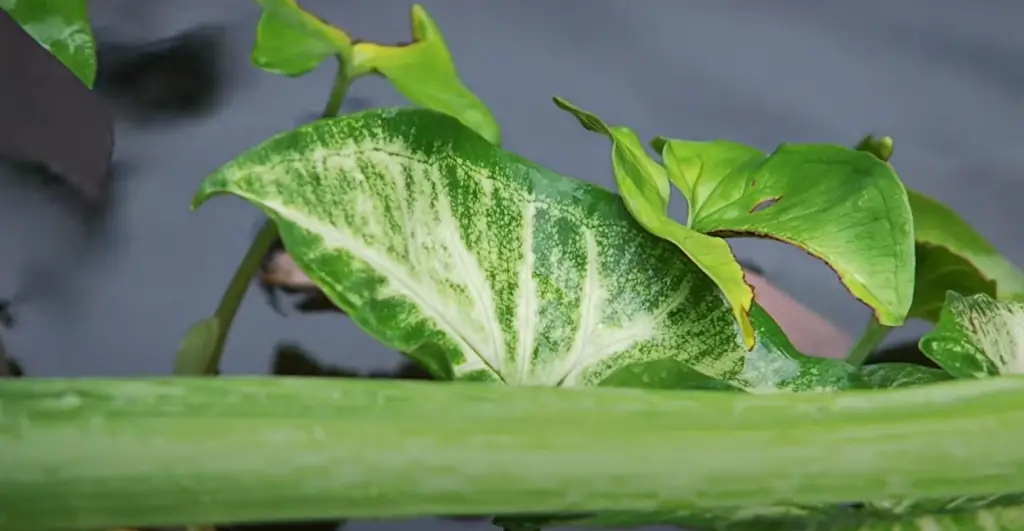
One of the most important things to consider when converting a pond into a garden is the type of soil you’ll need. The soil should be able to drain well and shouldn’t be too dense.
It’s also important to make sure that the soil is free of any chemicals or pollutants. You can either purchase special garden soil or you can make your own by mixing together sand, peat moss, and compost.
Once you’ve chosen the right type of soil, you’ll need to decide what type of plants you want to grow in your new garden. If you’re not sure where to start, consider planting some native flowers or grasses. These plants are generally easy to care for and they can help make your garden look beautiful and natural.
When you are ready to plant, dig holes that are twice the size of the plants’ roots. This will give the plants enough room to grow and it will also help to prevent them from becoming rootbound. Once the plants are in the ground, water them well and give them plenty of sunlight. [1]
Choosing Garden Type
The first step is to decide what type of garden you want. Do you want a flower garden, a vegetable garden, or both? Once you know what kind of plants you want to grow, it will be easier to choose the right location for your garden.
If you want to grow flowers, you will need to find a spot that gets at least six hours of sunlight a day. If you want to grow vegetables, you will need a spot that gets at least eight hours of sunlight a day.
You will also need to make sure that your garden has well-drained soil.
If the hole drains within 24 hours, your soil is well-drained. If the hole does not drain within 24 hours, your soil is poorly drained and you will need to find a different place for your garden. [1]What Type of Garden Is In Your Mind?
Regular Garden
If you want to turn your pond into a regular garden, you will need to follow these steps:
- First, you will need to evaluate the depth of your pond. If the depth is greater than four feet, then you will need to drain the pond and fill it with soil. If the depth is less than four feet, then you will need to remove the fish and add soil to the pond.
- Next, you will need to decide what type of plants you want to grow in your garden. If you want to grow vegetables, then you will need to make sure that the soil is fertile and that there is enough sunlight. If you want to grow flowers, then you will need to make sure that the soil is well drained.
- Finally, you will need to add mulch to the garden. This will help to keep the weeds down and retain moisture in the soil. [1]
Container Garden
Converting a pond into a garden is not as difficult as it may seem. With the right tools and some elbow grease, you can have a beautiful garden in no time. Here are the steps you need to take to convert your pond into a garden:
- First, you will need to remove all the water from the pond. This can be done with a pump or by draining the water out.
- Next, you will need to remove any fish or other aquatic life from the pond.
- Once the pond is empty, you will need to clean it out thoroughly. This includes removing any debris, cleaning the liner, and scrubbing the sides of the pond.
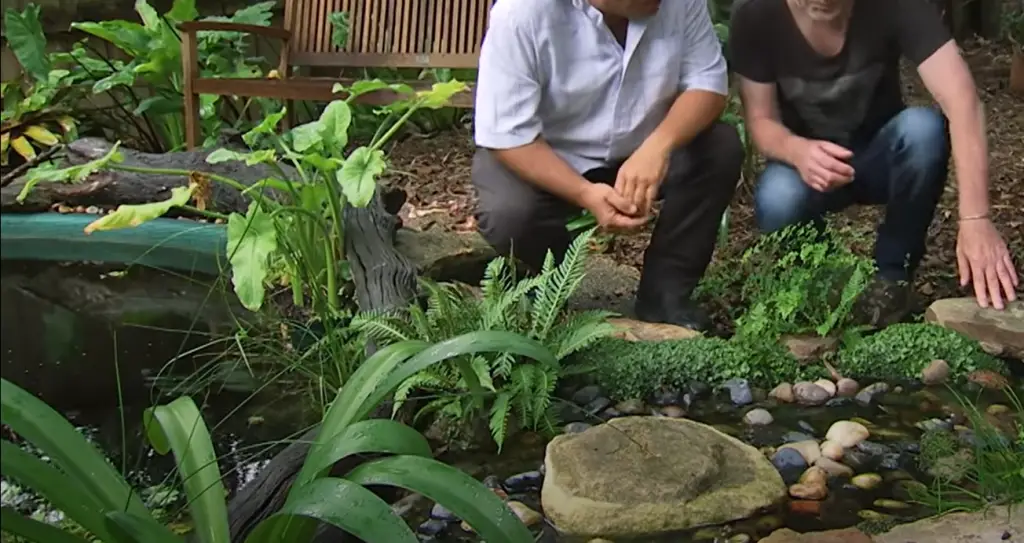
Now that your pond is clean, you need to decide what kind of garden you want. Do you want a vegetable garden? A flower garden? Or a combination of both? Once you decide, choose plants that are native to your area and will thrive in the conditions you are creating.
Now that you have chosen your plants, it is time to plant them! Start by adding soil to the bottom of your pond. Next, add your plants and cover them with more soil.
With some patience and care, you will soon have a beautiful garde.Raised Bed
There are a few things to keep in mind when you’re building raised beds.
- First, make sure the bed is at least six inches deep. This will give your plants enough room to grow roots.
- Secondly, use a soil mix that is well-draining. Good options include perlite, vermiculite, and sand.
- And finally, make sure the bed is level. This will help ensure that your plants get the same amount of sunlight and water.
If you’re not sure how to build a raised bed, there are plenty of tutorials online. Once you’ve built your bed, it’s time to fill it with soil. You can buy premixed soil from a garden center, or you can make your own.
Bog Garden
A bog garden is a type of water-logged garden that is perfect for plants that love wet conditions. If you have a pond that doesn’t seem to be doing well, or you want to create a new garden space, converting it into a bog garden can be a great solution.
Bog gardens are relatively easy to create and maintain, and can be a great addition to any home.
Components of the Garden
The garden will have four main sections: the entry, social area, planting beds, and path.
The entryway will be the first thing people see when they come to your garden. It should be inviting and welcoming, with plenty of space for people to move around. The social area will be a place for people to gather and relax. It should have seating and a focal point, such as a water feature or sculpture.
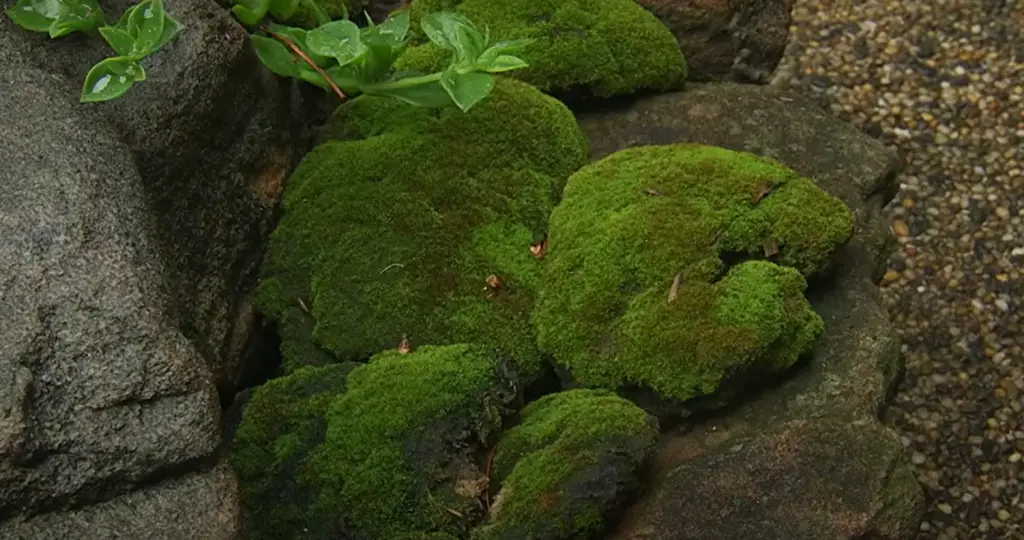
The planting beds will be where the plants are grown. They should get lots of sun and good drainage. The path will connect all the different areas of the garden so people can easily walk around.
There are a few things to think about when choosing plants for your garden.
- First, consider the climate. Make sure that the plants can withstand the weather conditions in your area.
- Second, think about how much sun and shade the plant will need.
- Third, make sure that the plant is not toxic to humans or animals.
- Fourth, choose plants that will attract bees and other pollinators.
Water Drainage System
Installing a water drainage system is an important part of converting your pond into a garden. This will make sure that the water in your pond does not overflow and damage your plants. There are many different types of water drainage systems available, so it is important to do some research to find the one that best suits your needs.
Once you have installed a water drainage system, you can add plants to your pond. It is important to choose plants that are native to your area and that will thrive in the conditions of your pond.
You should also consider the size of your pond when choosing plants, as some plants will grow very large and could take up too much space in your pond. [1]
What Soil Would You Put In?
The type of soil you will need for your plants depends on the plants you want to grow. If you want to grow plants that like a lot of water, then you will need soil that is rich in organic matter and can hold moisture well.
A good option is peat moss or coco coir. If you want to grow plants that don’t need as much water, then you will need soil that drains well.
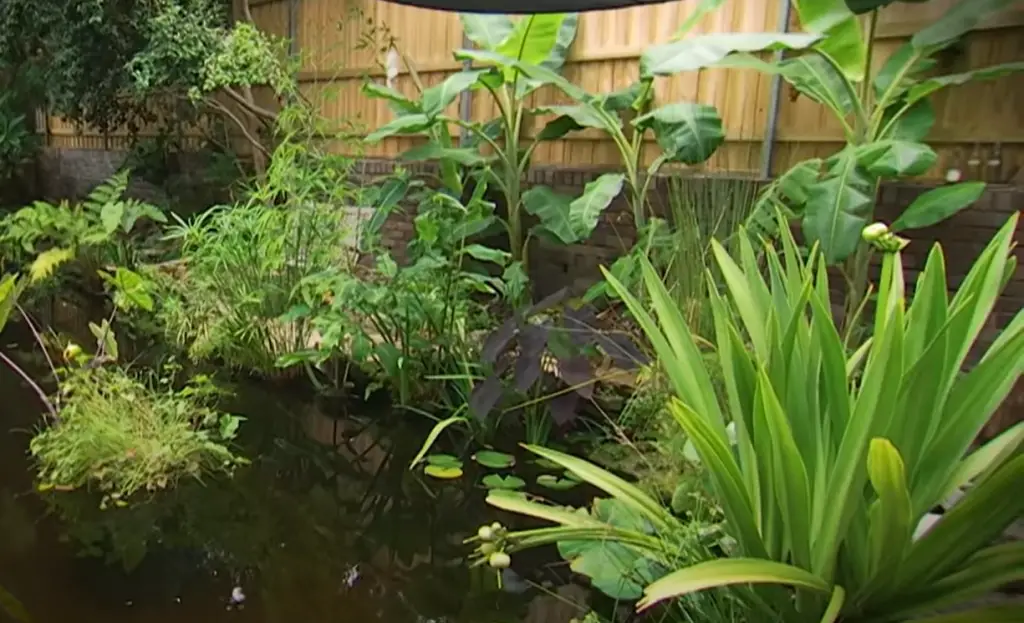
No matter what type of plants you want to grow, it’s important to start with a high-quality potting mix. This will give your plants the nutrients they need to thrive. You can also add compost or other amendments to the mix to create the perfect growing environment for your plants.
Now that you’ve chosen the right soil, it’s time to start planting!
They’ll be able to help you choose plants that are well-suited for your climate and soil type. [2]How to Turn A Pond into A Garden
Step by Step Guide
The first step is to remove any fish or other aquatic creatures from the pond. This can be done by netting them and transferring them to a new home or simply releasing them into the wild. If you have plants in your pond, you will need to remove them as well.
Next, you will need to empty the pond of all water. This can be done with a pump or by draining it naturally. Once the pond is empty, you will need to remove any remaining debris such as rocks or gravel.
Now that the pond is empty, you can begin to prepare the area for planting. The first step is to add a layer of topsoil to the bottom of the pond. You should also add a layer of compost to the topsoil to help provide nutrients for the plants.

Once the pond is prepared, you can begin planting your garden. You can plant a variety of different flowers, vegetables, and herbs. Be sure to water the plants regularly and fertilize them as needed.
FAQ
What Can I Turn My Pond Into?
With a little creativity, you can turn your pond into a garden, complete with flowers, shrubs, and even trees. You can also add in a few fish to help keep the water clean.
If you have kids, they’ll love playing in the water on hot summer days. And if you have dogs, they’ll appreciate having a place to cool off as well.
So, whether you’re looking to add a little bit of life to your yard or you’re simply tired of staring at a boring pond, read on for everything you need to know about converting a pond into a garden.
How Do You Get Rid of a Pond?
The first step is to remove the fish by netting them and transferring them to another pond or holding tank.
Next, you need to lower the water level in your pond so you can start removing debris and vegetation from the bottom of the pond. You can do this by draining it or using a sump pump. Once the pond is empty, you can begin to fill it in with soil.
Before you fill in your pond, you need to make sure that it is properly sealed. Otherwise, mosquitos will breed in the water. You can do this by lining the pond with a liner or sealant. Once it is filled in, you can plant vegetation around it to create a garden.
How Do You Make a Pond Into a Planter?
If you want to turn your pond into a garden, it is actually quite simple. You need to remove any fish or other aquatic life from the pond, then drain the water and let the pond dry out completely. Once it’s dry, you can fill it with soil and plants of your choice. Just be sure to use plants that are appropriate for the amount of sunlight and water the pond will receive.
Can a Pond Be Raised?
If your pond is too shallow, you can raise it by adding more liner and soil. This will give you more depth to work with and also make it easier to add plants and other features. You can also use a pre-formed pond liner to create a deeper pond.
Another option is to build up the sides of your existing pond with soil or rocks. This will give you more depth and also make it easier to add plants.
If you have a pond that is too deep, you can lower the water level by draining some of the water out. You can also remove some of the liner to create a shallower pond.
Lowering the water level will also make it easier to add plants and other features.
Can a Pond Be Converted to aGarden?
Ponds can be converted to gardens, but it is important to know what you are doing before you start. It is also important to have the right tools and materials on hand.
The first step is to remove all of the fish and other animals from the pond. This can be done by catching them with a net or by draining the pond.
Next, you will need to remove all of the water from the pond. This can be done by draining it or by using a pump.
Once the pond is empty, you can start to convert it into a garden. You will need to add soil and plants to the pond. You can also add rocks and other features to the pond.
It is important to make sure that the plants you add to the pond are safe for fish and other animals. This means that they should not be toxic.
You will also need to make sure that the plants you add to the pond are safe for humans. This means that they should not be poisonous.
Useful Video: Convert your pool into a pond | DIY Garden Projects | Gardening Australia
Conclusion
Converting a pond into a garden is not as hard as it seems. With the right supplies and some careful planning, you can have your very own pond-garden in no time! If you’re feeling inspired, get started on your project today. And be sure to share photos of your finished product with us – we always love to see what our readers create.
Do you have a pond that you’d like to convert into a garden? Share your tips and experiences in the comments below!
References:
- https://gardeningaid.com/how-to-turn-a-pond-into-a-garden/
- https://livingcorner.com.au/how-to-convert-a-pond-into-a-garden-2021/





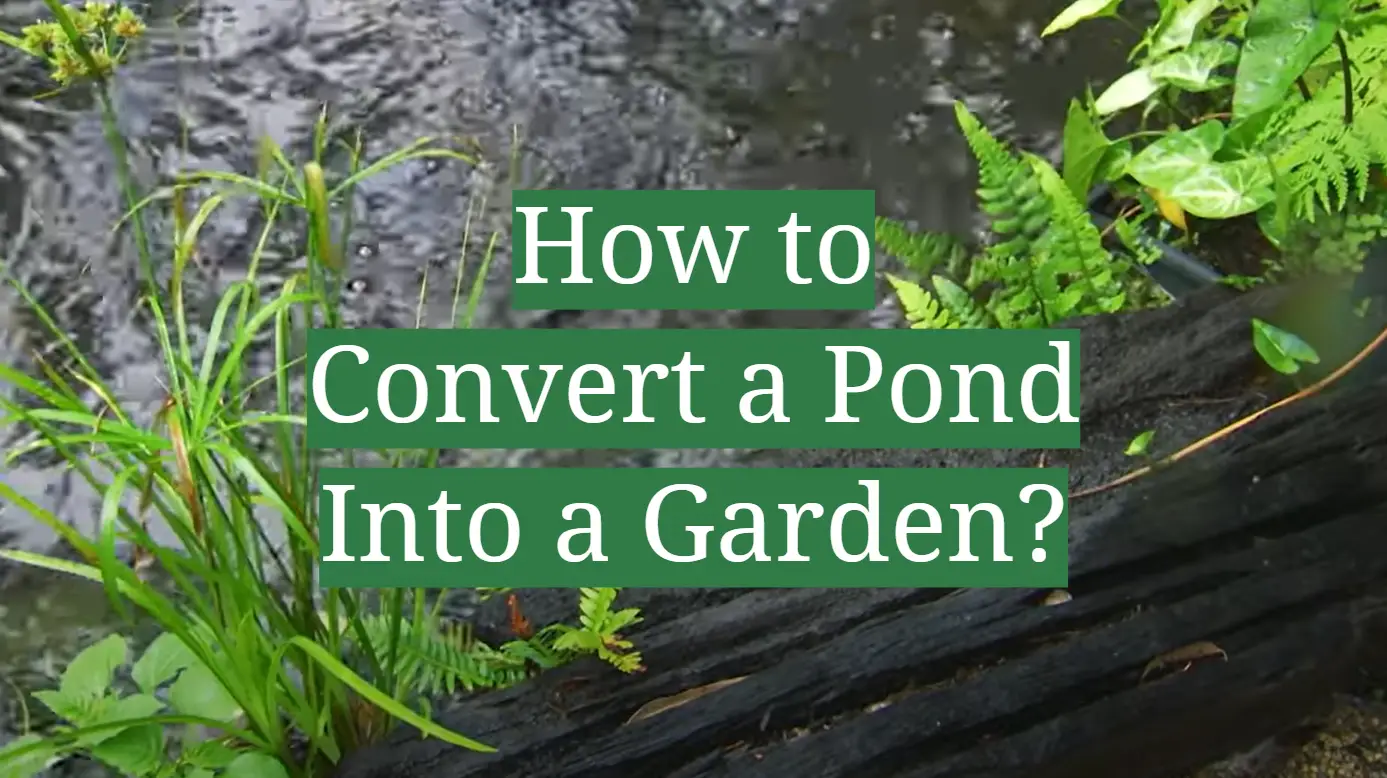




Leave a Reply
View Comments